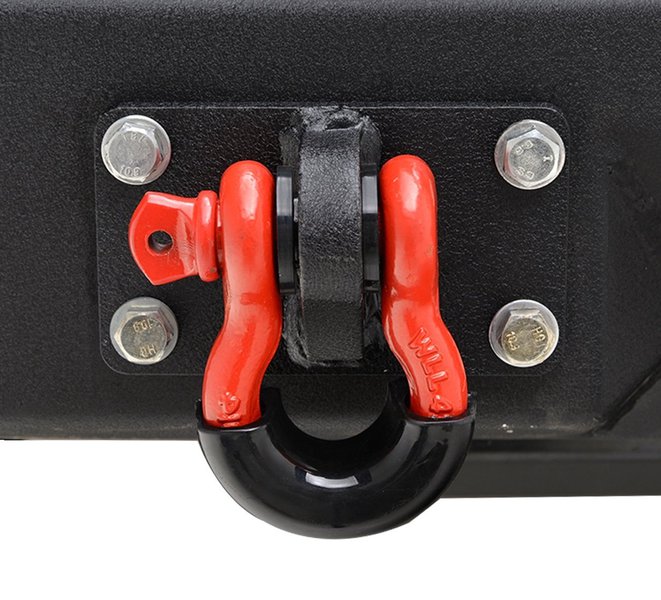-
Thank you for visiting HeavyEquipmentForums.com! Our objective is to provide industry professionals a place to gather to exchange questions, answers and ideas. We welcome you to register using the "Register" icon at the top of the page. We'd appreciate any help you can offer in spreading the word of our new site. The more members that join, the bigger resource for all to enjoy. Thank you!
You are using an out of date browser. It may not display this or other websites correctly.
You should upgrade or use an alternative browser.
You should upgrade or use an alternative browser.
weld the bucket hook correctly
- Thread starter trombeur
- Start date
CM1995
Administrator
- Joined
- Jan 21, 2007
- Messages
- 13,392
- Location
- Alabama
- Occupation
- Running what I brung and taking what I win
I love my open hook on a 160 sized hoe.
Maybe I'm just part of a rear breed that can remember not to CURL UNDER all the way with the stick pulled in when I hanging a load, lol!
Well I am part of a larger group of PROFESSIONALS that use tried and true means and methods in order to reduce injury, death and damage. One of those procedures is locking clevises and safety hooks for lifting anything. We even have a small clevis and safety hook for lifting with our 305.
I would never allow an open hook on any of our buckets.
However you do you - just don't forget to not curl that bucket all the way under.
Nige
Senior Member
Refer to the photos in my post #27 on the previous page. That is the same design of lifting point that the OEMs use.a mechanic friend of mine suggested me to weld a shackler hooke
Nige
Senior Member
The first time you forget please feel free to come back and tell us how it worked out for you.Maybe I'm just part of a rear breed that can remember not to CURL UNDER all the way with the stick pulled in when I hanging a load,
crane operator
Senior Member
By placing the weldment into the oven at about 1100 degrees F and heat-soaking it (200 degree F per hour ramp-up, hold at 1100 degree F for 1 hour per inch of thickness, then a 200 degree F per hour cool down) - you will almost completely eliminate all of the residual weld stress. The heat is high enough to permit the steel's grain structure to creep/slip (aka stress relief), but not high enough to distort the part, or damage/alter the steel's grain structure (generally speaking - obviously outlier exceptions can be found for certain steel alloys that are not suitable for stress relieving).
5 1/2 hours pre heat, 1-1/2 to two hours at temp, 5 1/2 hours of cool down. And you're recommending a oven. For a bucket. That's field welded. How do I know you're a engineer? Well- you just told me.
I will also say this, I have been totally amazed at the change in the last few years of excavator/ dirt work guys in my area - regarding rigging. There's still some horribly sketchy stuff going on, but I've done more renting out of tagged rigging and spreader bars in the last few years, than I ever have before. Its great to see.
Entropy1
Well-Known Member
I didn't recommend stress relieving buckets, nor did I recommend putting a bucket into an oven. I do recall suggesting that the weld rod be put into an oven for drying, and using a propane torch to preheat the bucket.
A friend of mine used to work for a company that designed custom excavator & dozer attachments. I know for a fact they used ovens for weld-preheat. When I see him next, I'll ask him if they also accomplished a stress-relief prior to blast & paint. I'll let you know what he says.
A friend of mine used to work for a company that designed custom excavator & dozer attachments. I know for a fact they used ovens for weld-preheat. When I see him next, I'll ask him if they also accomplished a stress-relief prior to blast & paint. I'll let you know what he says.
the basic electrodes must be preheated and also the area involved in welding, however it is a job that I will do on site with a 220 volt and 180 ampere stick electrode welder
a mechanic friend of mine suggested that I either put a large and sturdy shackler directly on the boom stick connection pin or create a hooking point on the
https://www.google.com/url?sa=i&url...ved=0CBMQjhxqFwoTCICtze2G3YIDFQAAAAAdAAAAABAE
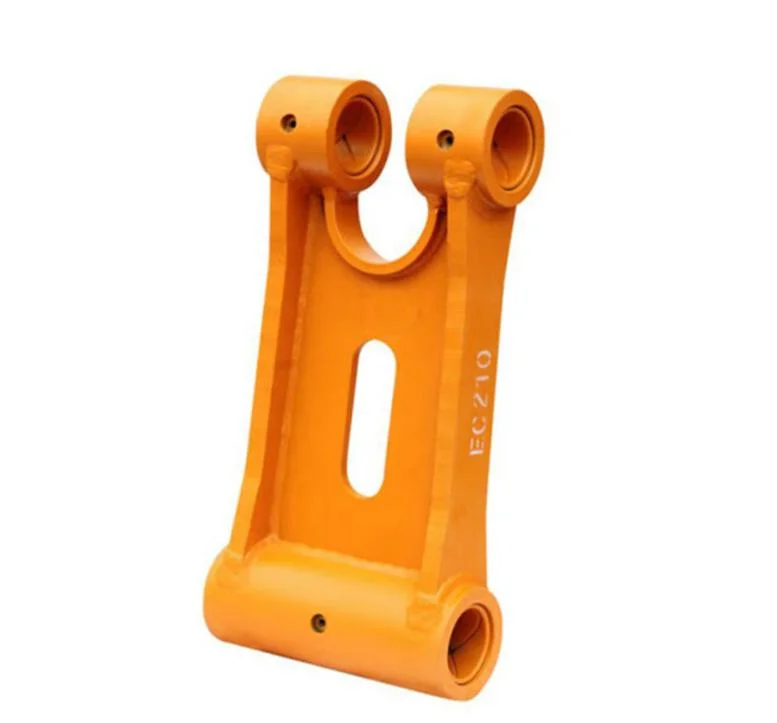
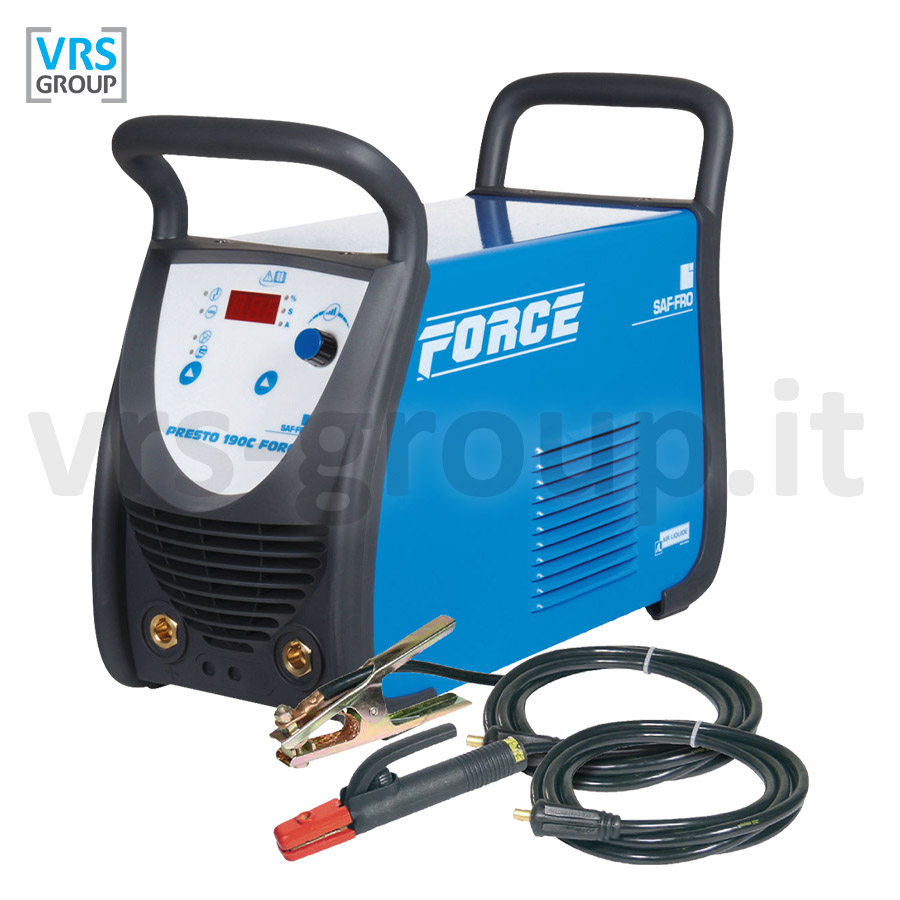
a mechanic friend of mine suggested that I either put a large and sturdy shackler directly on the boom stick connection pin or create a hooking point on the
Excavator H Link & Link Bucket Linkage Connecting Rod
https://www.google.com/url?sa=i&url...ved=0CBMQjhxqFwoTCICtze2G3YIDFQAAAAAdAAAAABAEhttps://www.google.com/url?sa=i&url...ved=0CBMQjhxqFwoTCICtze2G3YIDFQAAAAAdAAAAABAE


skyking1
Senior Member
My friend and fellow pilot and operator Chris had the moment that we all fear, using a bull hook which is and should be illegal anywhere around people.
He was setting an 8x20 over a ditch by Fort Lewis, and as usual the pipe layer was brooming away the gravel so it would sit flat. He had to reach a bit and when he maxed out the stick, he got that dreaded boom bob that some machines do. The road plate unhooked and tipped towards the ground guy, who deftly danced out of harm's way. It came crashing over and revealed his friend at a safe distance. Those couple of seconds took years off his life, he said.
The only place an open hook on a cable is good, is if it makes it possible to fish a cable on without putting someone in harm's way to make the hookup.
He was setting an 8x20 over a ditch by Fort Lewis, and as usual the pipe layer was brooming away the gravel so it would sit flat. He had to reach a bit and when he maxed out the stick, he got that dreaded boom bob that some machines do. The road plate unhooked and tipped towards the ground guy, who deftly danced out of harm's way. It came crashing over and revealed his friend at a safe distance. Those couple of seconds took years off his life, he said.
The only place an open hook on a cable is good, is if it makes it possible to fish a cable on without putting someone in harm's way to make the hookup.
terex herder
Senior Member
Not familiar, what is a bull hook?
Entropy1
Well-Known Member
I think he means something similar to this.
skyking1
Senior Member
It's a big heavy hook that fits through the hole on road plates, and doesn't have a latch. One wrong drop bump and the plate comes off.
Shimmy1
Senior Member
How in the **** do you break the H-link on a hoe that big?? Only thing I can think of is constantly hitting the end of the bucket cylinder, both ways?
Welder Dave
Senior Member
Abuse for sure. As far welding on a bucket or even a more involved boom repair I would challenge anyone who said the failure was primarily caused by not using heated welding electrodes. This is assuming the welding is done by a competent welder using 7018 electrodes. Yes, heating the electrodes makes them burn nicer and may have slightly higher strength but as long as the electrodes are new out of the box and/or have always been kept dry, the loss of strength over heated electrodes is negligible. Sticking the rods to the plate for a couple seconds will also get rid of any moisture if there was a concern the rods may have picked up moisture. It gets frustrating reading posts all the time that 7018 has to be in an oven or it's no good. I'd guess 90% of the time or better the welder just grabs the rods and goes to work, especially on routine jobs like welding a bucket hook on. Sometimes it helps with starting porosity but the difference in strength over not using preheated rods won't be what caused the weld to fail.
skyking1
Senior Member
There is a water heater in a closet at work that is nice and warm about 35 C all the time. I leave the rod on that water heater.
Entropy1
Well-Known Member
According to my box of E8018, the manufacturer’s directions say to “dry rod at 600 degrees F for one hour, then store at 300 degrees F until ready for use”.
For chit-chat –
Steel contains dissolved hydrogen, similar to how water contains dissolved oxygen. And like water, when steel is heated, its capacity to retain dissolved hydrogen decreases.
More specifically - the reason you preheat high-yield steels prior to welding is to allow the dissolved hydrogen to freely migrate to the steel’s edge, ultimately driving it out of the steel and into the air. At 70 degrees F dissolved hydrogen will migrate through the steel’s lattice structure at a rate of approximately 1 inch per 24 hours. At 250 degrees F the rate increases to 1 inch per hour. Heat is the driving force.
So what happens if you don’t preheat?
Imagine knee-deep water represents the normal dissolved hydrogen content present in steel. And during welding, the intense heat rapidly pushes the hydrogen away from the weld area – forming a giant tidal-wave of hydrogen. The problem is that the weld doesn’t stay red-hot for long, and when the steel cools, that tidal wave is locked into place (drifting slowly again at a rate of 1 inch per 24 hours). Problem - a tidal-wave concentration of hydrogen (sitting right under the weld within the heat affected zone) will crack the lattice structure of the steel. Aka hydrogen embrittlement cracking.
By preheating (250 degree F min – for 1 hour per inch of thickness) the knee-deep water turns into ankle-deep water. Instead of getting a giant tidal wave of hydrogen, you get a much more manageable knee-deep ripple (below the threshold for initiating hydrogen-cracking).
Which brings us back to the rod. When you weld with damp rod, the arc will literally split the water molecule, and you’ll be dumping high concentrations of free-hydrogen directly into your weld. It completely negates any benefit of the preheat. The higher the yield-strength of the steel, the greater the risk of hydrogen cracking (generally speaking).
I have had the privilege of observing a hydrogen embrittlement weld-demonstration. Two samples of 1” thick HY-100 plate-steel were joined together (double-bevel – 100% penetration). Everything was done by the book – proper preheat, dry 11018 rod, proper current setting, etc. One sample was welded up, then another just like it, but with intentionally damp 11018 rod.
After both samples cooled, we put the properly welded piece into the vise, and beat the living crap out of it with a 10 pound hammer. The metal folded over – but no cracks. The sample welded with damp rod completely fractured in half upon the first strike with the hammer – and it wasn’t even a hard hit.
For chit-chat –
Steel contains dissolved hydrogen, similar to how water contains dissolved oxygen. And like water, when steel is heated, its capacity to retain dissolved hydrogen decreases.
More specifically - the reason you preheat high-yield steels prior to welding is to allow the dissolved hydrogen to freely migrate to the steel’s edge, ultimately driving it out of the steel and into the air. At 70 degrees F dissolved hydrogen will migrate through the steel’s lattice structure at a rate of approximately 1 inch per 24 hours. At 250 degrees F the rate increases to 1 inch per hour. Heat is the driving force.
So what happens if you don’t preheat?
Imagine knee-deep water represents the normal dissolved hydrogen content present in steel. And during welding, the intense heat rapidly pushes the hydrogen away from the weld area – forming a giant tidal-wave of hydrogen. The problem is that the weld doesn’t stay red-hot for long, and when the steel cools, that tidal wave is locked into place (drifting slowly again at a rate of 1 inch per 24 hours). Problem - a tidal-wave concentration of hydrogen (sitting right under the weld within the heat affected zone) will crack the lattice structure of the steel. Aka hydrogen embrittlement cracking.
By preheating (250 degree F min – for 1 hour per inch of thickness) the knee-deep water turns into ankle-deep water. Instead of getting a giant tidal wave of hydrogen, you get a much more manageable knee-deep ripple (below the threshold for initiating hydrogen-cracking).
Which brings us back to the rod. When you weld with damp rod, the arc will literally split the water molecule, and you’ll be dumping high concentrations of free-hydrogen directly into your weld. It completely negates any benefit of the preheat. The higher the yield-strength of the steel, the greater the risk of hydrogen cracking (generally speaking).
I have had the privilege of observing a hydrogen embrittlement weld-demonstration. Two samples of 1” thick HY-100 plate-steel were joined together (double-bevel – 100% penetration). Everything was done by the book – proper preheat, dry 11018 rod, proper current setting, etc. One sample was welded up, then another just like it, but with intentionally damp 11018 rod.
After both samples cooled, we put the properly welded piece into the vise, and beat the living crap out of it with a 10 pound hammer. The metal folded over – but no cracks. The sample welded with damp rod completely fractured in half upon the first strike with the hammer – and it wasn’t even a hard hit.
Welder Dave
Senior Member
A big reason for preheat is to reduce the quenching effect from the intense heat of the welding arc as it can and will cause cracking. Who said anything about damp rods? You're example was specifically set up to show hydrogen embrittlement using known damp electrodes. Just how damp were they, dipped in water, left unopened in a very humid environment, used right after being in a cold environment, etc. There needs to be a moisture content specified to validate the experiment and qualify what damp means. Low hydrogen rods come in hermetically sealed packaging. Do your test with rods fresh out of a new package and see if you get the same result. Yes it's good to have a rod oven or heated rods but if the rods are kept in a warm dry environment it is very rare you'd have any issues. As I said previously if there were any concerns the rods may have picked up moisture (or just as part of the welding procedure) they could be grounded out on the plate for 2 or 3 seconds which would cook out any moisture. The welder can/will do this when they are in a position where a rod oven isn't practical and want to be sure the rods are completely dry. Welding on heavy equipment in remote locations would be a good example where this would be a viable option to ensure the rods are dry. If welding on mild steel like many buckets are, hydrogen embrittlement is a non issue.
Entropy1
Well-Known Member
Preheating to reduce the fast-cooling of welds is intended to minimize the formation of martensitic grain structures in steels with greater than a 0.35% carbon content. This preheat is typically 400 degrees F (example: welding 1045 steel), whereas preheat to counter hydrogen embrittlement concerns is typically lower - around 250 degrees F. When welding ordinary strength mild steel, the minimum preheat temperature is 60 degrees F.
According to rod manufacturers, fresh-from-the-can low-hydrogen rod still requires drying prior to use.
At shipyards, you have 1 hour to make welds upon drawing rod from the oven. This rule has been in place for 50 years.
Equipment attachments (excavator grapples, claws, shears, etc) often contain high-yield steels - specifically to minimize weight of the attachment, while maintaining strength. These high-yield steels are in addition to any abrasion-resistant steels that may be placed on the working/cutting edges. If you weld HY steel without a proper preheat, and without using low-hydrogen rod "drawn from an oven" you will likely crack the welds. Question: how does a person know which grade of steel was used between the ears of their bucket? Unless they shoot it with an XRF, or ask the people who made the bucket, they're guessing. The safe approach (when you don't know) is to assume it's a higher strength steel, and weld accordingly.
Assuming the steel is low-strength & assuming your rod is dry-enough will work most of the time . . . . . until it doesn't. . . . .
According to rod manufacturers, fresh-from-the-can low-hydrogen rod still requires drying prior to use.
At shipyards, you have 1 hour to make welds upon drawing rod from the oven. This rule has been in place for 50 years.
Equipment attachments (excavator grapples, claws, shears, etc) often contain high-yield steels - specifically to minimize weight of the attachment, while maintaining strength. These high-yield steels are in addition to any abrasion-resistant steels that may be placed on the working/cutting edges. If you weld HY steel without a proper preheat, and without using low-hydrogen rod "drawn from an oven" you will likely crack the welds. Question: how does a person know which grade of steel was used between the ears of their bucket? Unless they shoot it with an XRF, or ask the people who made the bucket, they're guessing. The safe approach (when you don't know) is to assume it's a higher strength steel, and weld accordingly.
Assuming the steel is low-strength & assuming your rod is dry-enough will work most of the time . . . . . until it doesn't. . . . .
Last edited:
Welder Dave
Senior Member
So what was the moisture content in your example? Rod manufacturers will always error on the side of caution to reduce liability. Lincoln especially after failed welds in the Northbridge earthquake disaster. They did a lot of scrambling to avoid being sued for $100's of millions if not billions. They also now specify which filler metals are approved for earthquake requirements.
The original topic was concerning bucket hooks which are designed to be welded. It would better to error on the side of using 7018 or 8018 rather than higher tensile 11018 as they are more ductile. There's been some instances on the forum in the past where members experienced cracking using 11018 for heavy equipment repairs. Years ago an experienced welder did simple 1/4" fillet weld break tests with all the common electrodes. Hot 7018 right out of the oven took 22 blows with a 4lb hammer to break but had to be beat back the other way to actually break in two pieces. 7018 that had been open over a year and kept at room temperature took 18 blows and also had to be beat back the other way to break. It was still much stronger than any other mild steel rods. It clearly showed that even long opened low hydrogen rods with no special care other than being kept at room temperature still retained most of their strength. What wasn't tried was rods fresh out of the package or rods grounded out for 2 or 3 seconds before welding. I suspect they would have been somewhere in the middle. My whole point was that for the majority of welding low hydrogen rods are perfectly usable without needing to be in an oven. If you have an oven great but if not there's things you can do keep them from picking up moisture and getting rid of any trace amounts of moisture. Plastic rod containers that use an o-ring seal to store rods are common and grounding the rod for a few seconds will produce welds of similar soundness to rods out of an oven. In most cases the welds will be oversized to what the actual strength requirements are.
The original topic was concerning bucket hooks which are designed to be welded. It would better to error on the side of using 7018 or 8018 rather than higher tensile 11018 as they are more ductile. There's been some instances on the forum in the past where members experienced cracking using 11018 for heavy equipment repairs. Years ago an experienced welder did simple 1/4" fillet weld break tests with all the common electrodes. Hot 7018 right out of the oven took 22 blows with a 4lb hammer to break but had to be beat back the other way to actually break in two pieces. 7018 that had been open over a year and kept at room temperature took 18 blows and also had to be beat back the other way to break. It was still much stronger than any other mild steel rods. It clearly showed that even long opened low hydrogen rods with no special care other than being kept at room temperature still retained most of their strength. What wasn't tried was rods fresh out of the package or rods grounded out for 2 or 3 seconds before welding. I suspect they would have been somewhere in the middle. My whole point was that for the majority of welding low hydrogen rods are perfectly usable without needing to be in an oven. If you have an oven great but if not there's things you can do keep them from picking up moisture and getting rid of any trace amounts of moisture. Plastic rod containers that use an o-ring seal to store rods are common and grounding the rod for a few seconds will produce welds of similar soundness to rods out of an oven. In most cases the welds will be oversized to what the actual strength requirements are.
Last edited:
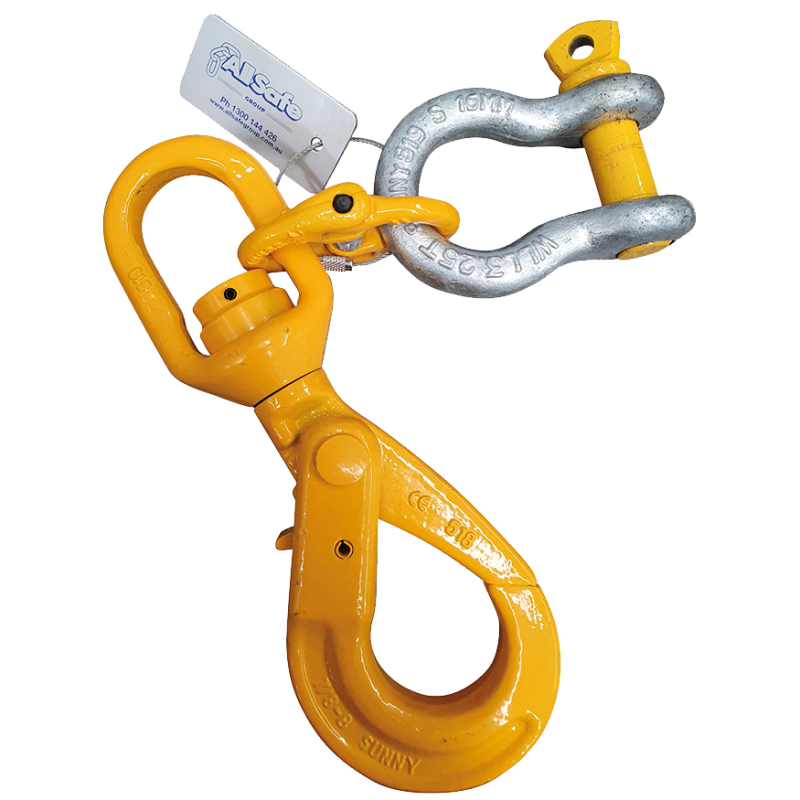

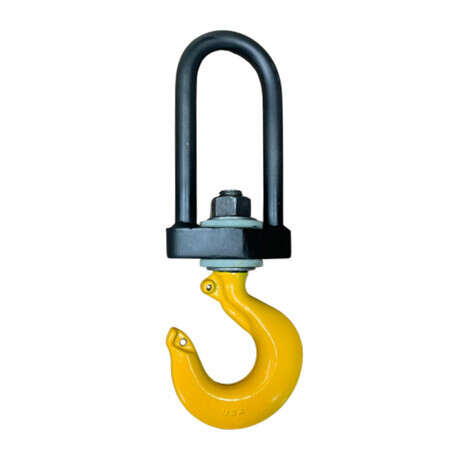
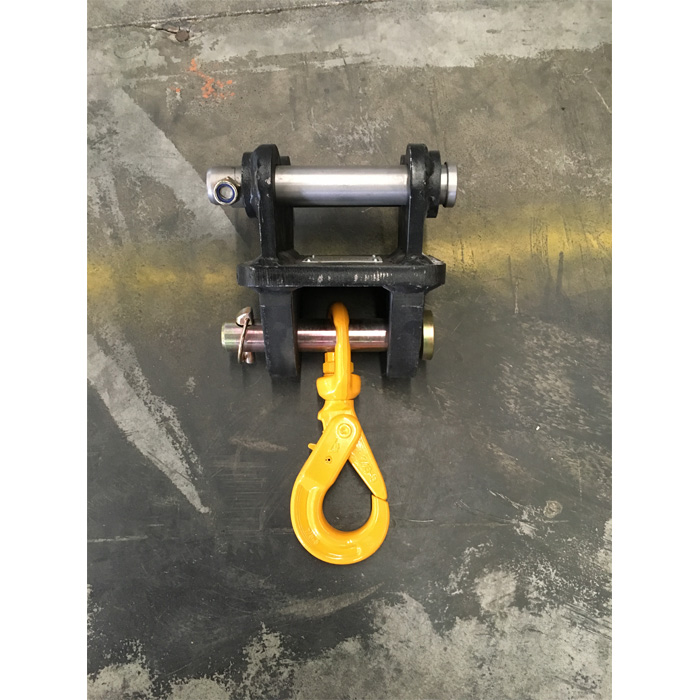
with a similar hook I insert the arm pin inside more securely than this one, perhaps with a sturdy chain arm the swivel hook and the excavator could work like a small crane, do you agree? The manufacturers should sell the hooks as accessories, the excavator must be versatile in quarries and construction sites, in case of urgent needs mount the suitable hook safely and carry out the work, I don't see the hook welded on the connecting rod that controls the opening and closing of the bucket as being very safe, i manufacturers should prepare the crane lifting and load handling function for the excavators at the design stage. accidents and injuries would be avoided.
digger doug
Senior Member
Hook #3 is for welding.

